Last Updated on January 18, 2024 by Amanda P. Brown
Are you fed up with boring, bland tofu and iceberg lettuce salads like dishes? Let’s make your meal experience more satisfying and flavorful with Bengali vegan recipes.
This is an explosion of flavor and texture where humble vegetables become culinary superstars. From the creamy comfort of Dhokar Dalna to the fiery kick of Bhindi Masala, all Bengali vegan dishes are a symphony of spices, fresh ingredients, and ancient traditions.
Here, you will get 17 incredible, tempting Bengali vegan recipes. Whether you’re vegan or just interested in plant-based options, this guide will satisfy your taste buds and your soul.
17 Flavorful Bengali Vegan Recipes
Table of Contents
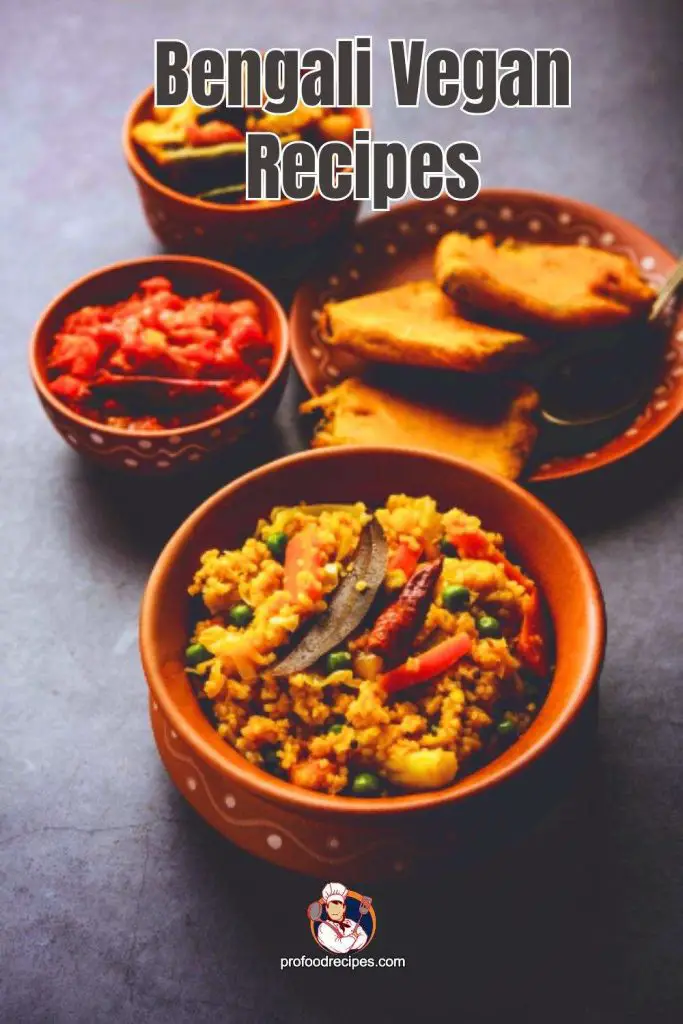
- Labra
- Bhindi masala
- Palang saag
- Potoler dolma
- Dhokar dalna
- Begun bhaja
- Aloo Posto
- Sojne data torkari/ drumstick curry
- Phulkopir Dalna
- Bati chorchori
- Alur dom
- Kumra bori
- Jhinge aloo posto
- Sim Jhol
- Kathaler Bichi Bhorta/Jackfruit Seed Spread
- Lal shak Bhaji/Red Spinach stir fry
- Aam er chutney
1. Labra
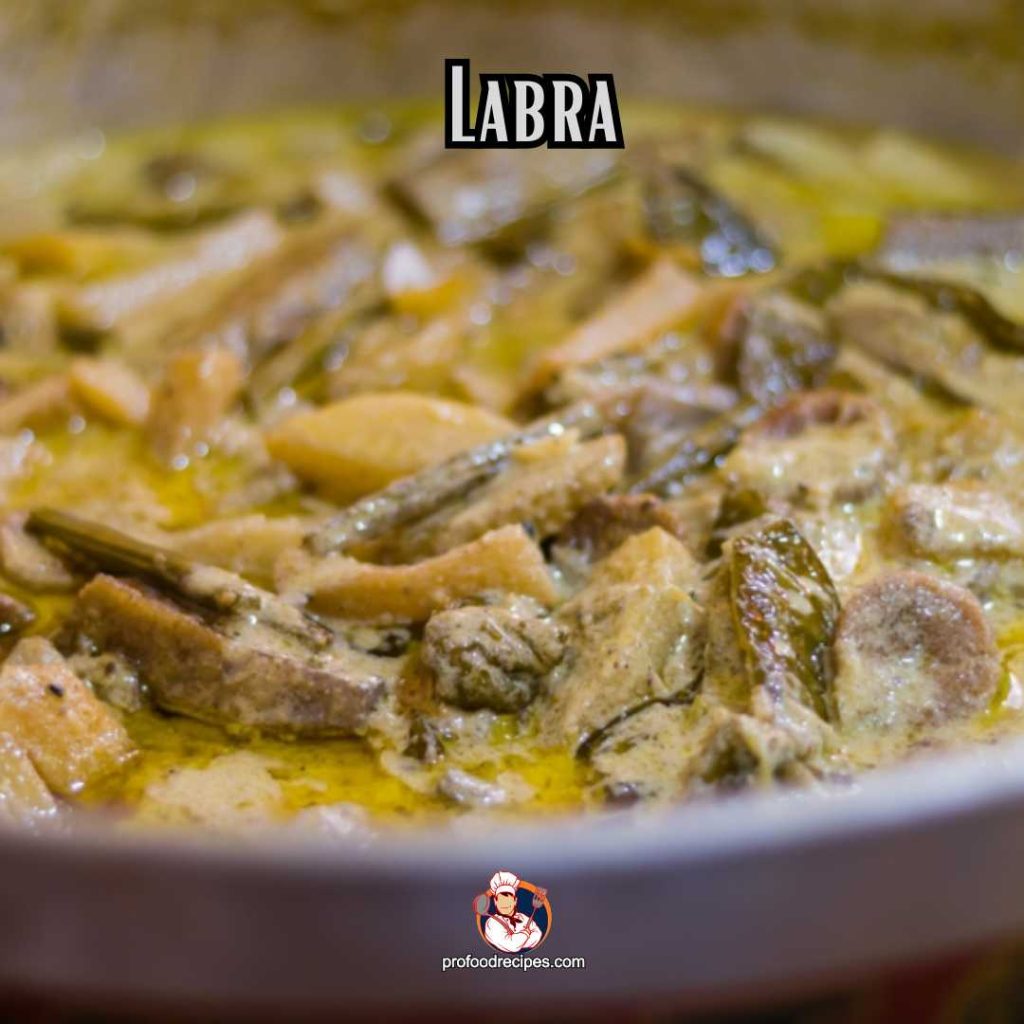
Labra is a traditional Bengali mixed vegetable dish. This dish combines seasonal vegetables with poppy and mustard seed paste.
This dish, known as bhoger labra, is commonly served during holidays such as Durga Puja. This vegan dish has a distinctive flavor profile. This dish is often served with steaming rice. This combo represents West Bengal, India’s rich culinary tradition.
Nutrition Fact: 1 Cup Labra = 150-200 calories
2. Bhindi Masala
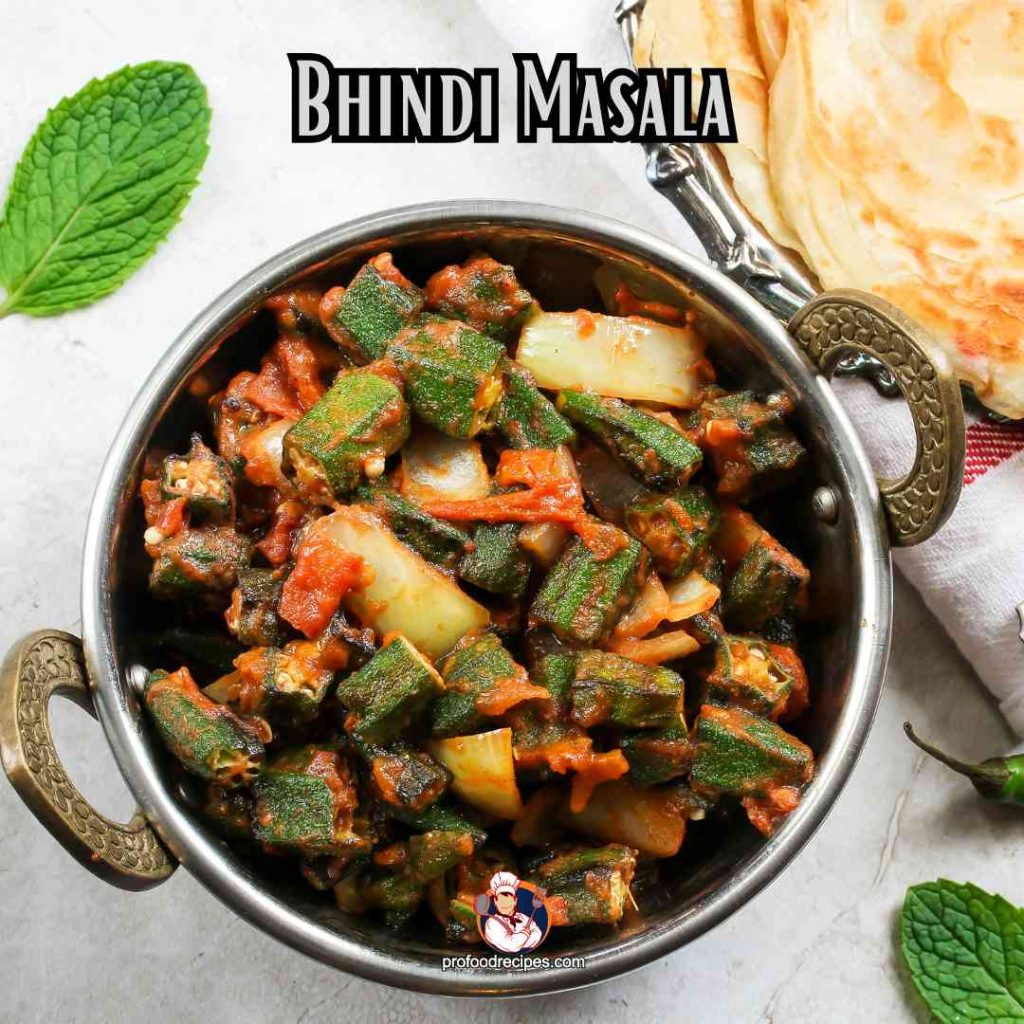
Bengali Bhindi Masala serves as a delicious take on a traditional North Indian dish. In this rendition, okra (bhindi) is seasoned with Bengali spices, enhancing the flavors with a regional touch.
The masala bhindi, sautéed using onions, offers a delicious blend of textures and flavors. You can try both dry bhindi masala and bhindi masala gravy. This dish showcases the culinary diversity of Bengali cuisine.
Nutrition Fact: 1 Cup Bhindi masala= 100-150 calories
3. Palang Saag
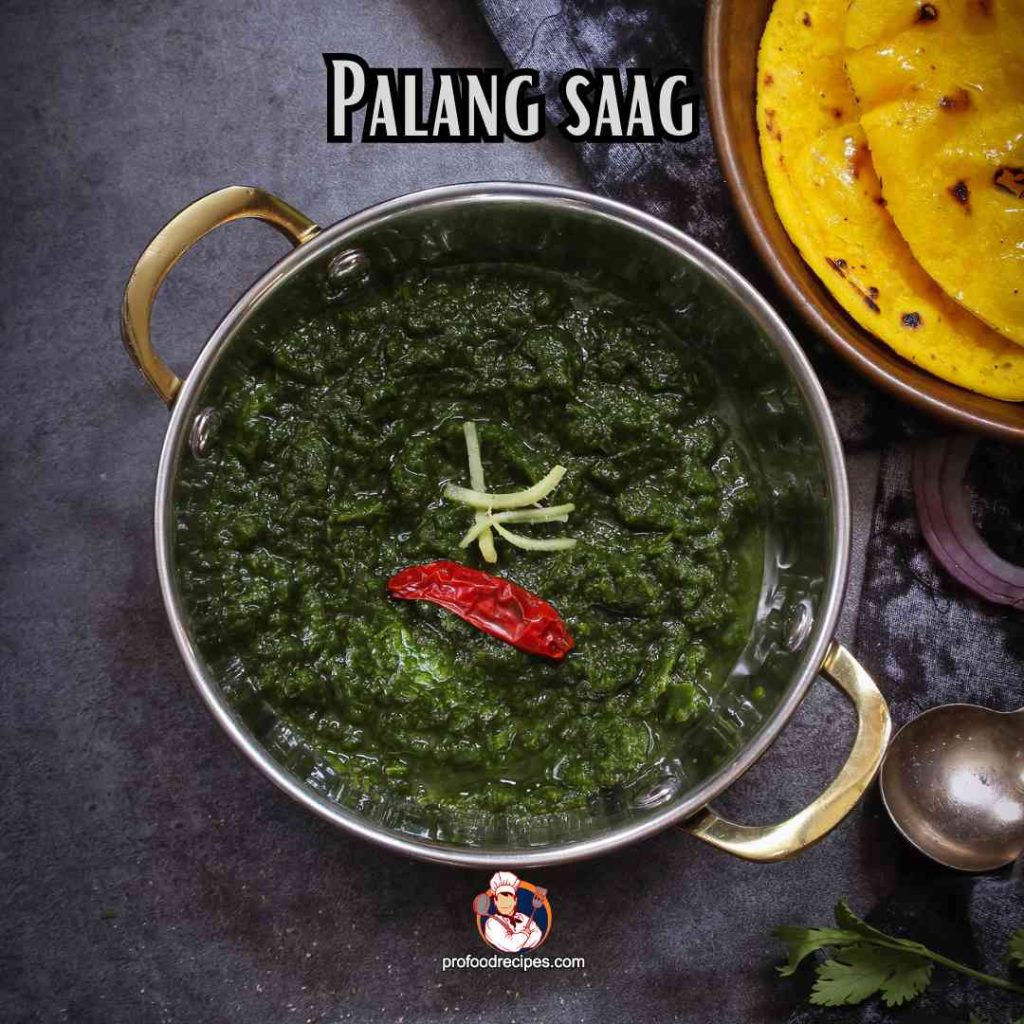
Palang Saag refers to spinach greens in English. This phrase is common in North Indian cuisine. It specifically refers to various leafy greens, with spinach being popular.
Bengali cuisine often incorporates these greens into dishes like Shorshe Palong Shaak or Palong Shaak Bhaja. For Shorshe Palong Shaak, you need to cook spinach with mustard paste. Palong Shaak Bhaja is a simple stir-fried spinach preparation.
These veg Bengali recipes highlight spinach’s versatility and nutritional value in Bengali cooking.
Nutrition Fact: 1 Cup Palang Saag = 100-150 calories
4. Potoler Dolma
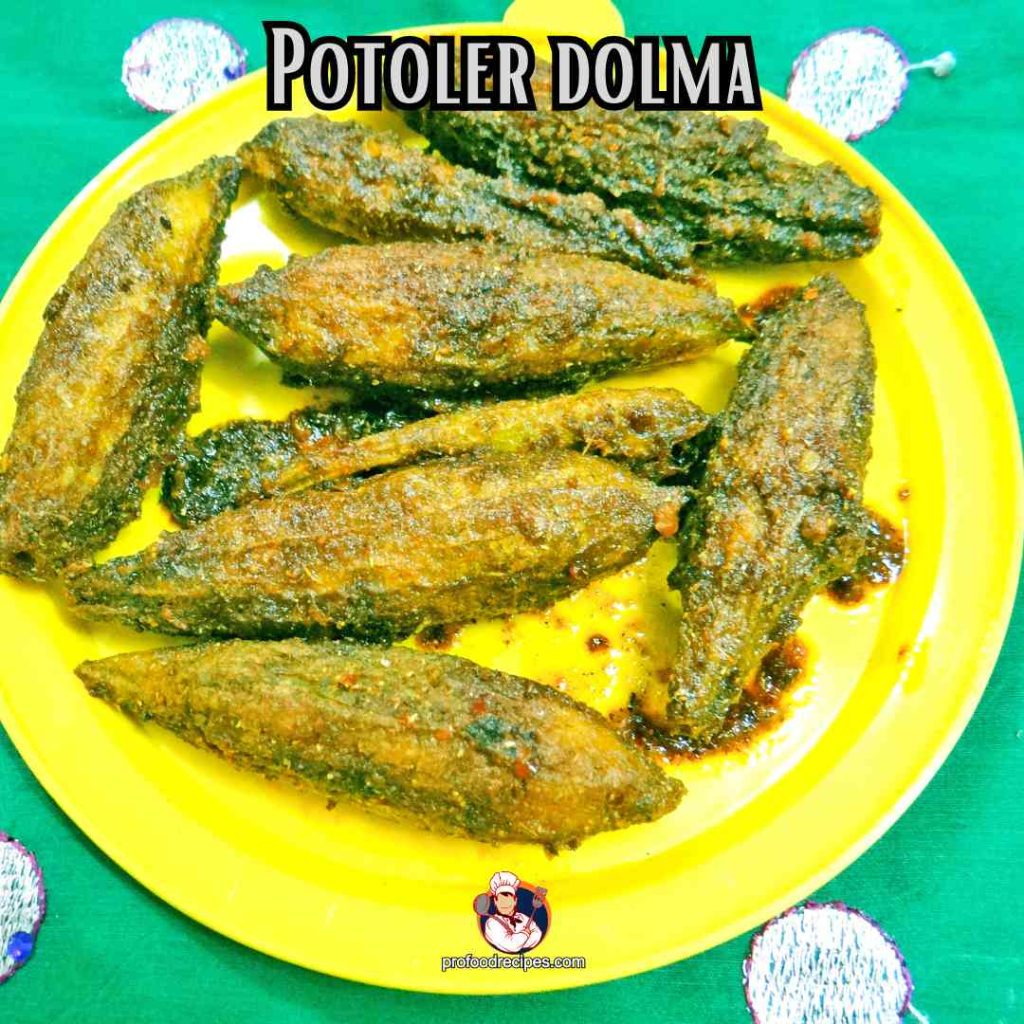
Potoler Dolma is one of the popular Bengali vegetable dishes with pointed gourd stuffed with a tasty mixture. The stuffing has ingredients like poppy seeds, coconut, and sometimes paneer.
The stuffed gourds are cooked in a spiced gravy, making a delicious dish. It is usually eaten with rice or bread. You can enjoy this popular and flavorful vegetarian choice of Bengali cuisine.
Nutrition Fact: 1 serving ( 4-5 pieces) Potoler dolma = 150-200 calories
5. Dhokar Dalna
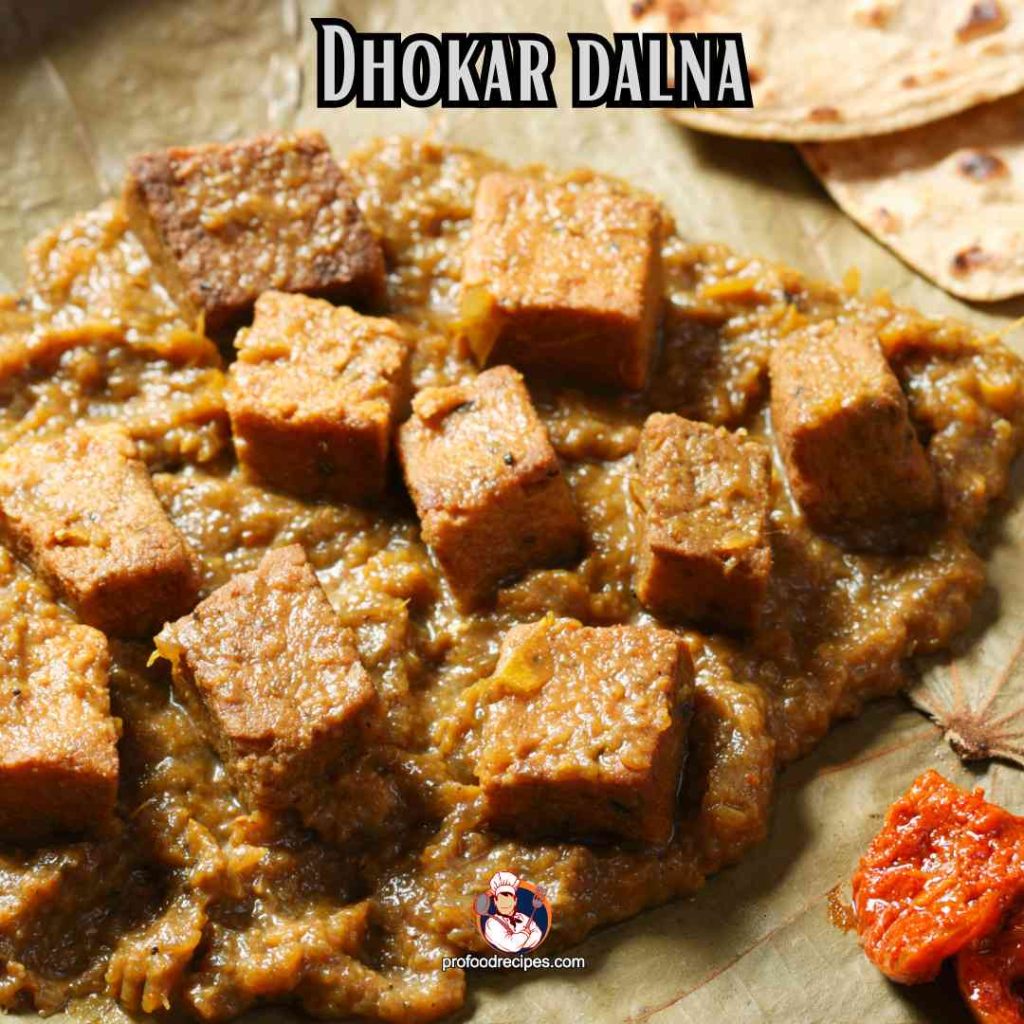
Dhokar Dalna is one of the flavorful Bengali vegetarian recipes with steamed lentil cakes in a spiced curry. Lentil cakes are prepared by crushing chickpeas, steaming, and frying.
They’re added to a curry with potatoes, tomatoes, and ginger. It’s a delicious vegetarian option often served with rice.
However, this veg Bengali dishes gets its name from ‘Dhoka/betray’ as the lentil cakes resemble meat. So, you can also have fun with your vegetarian family with this vegan meat dish.
Nutrition Fact: 1 Cup Dhokar Dalna with a small dal bowl = 100-150 calories
6. Begun Bhaja
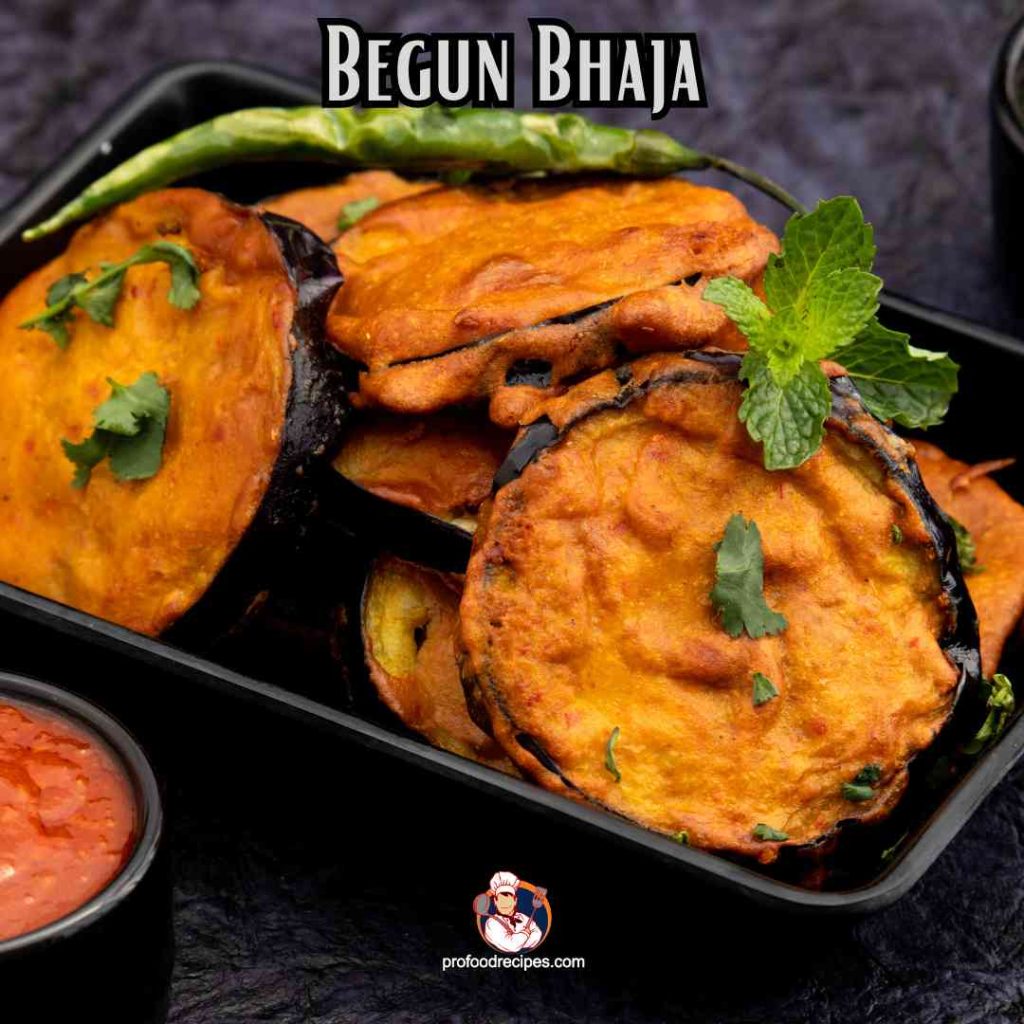
Begun Bhaja/eggplant fry is a popular Bengali dish where eggplant slices are seasoned with spices and pan-fried until golden and crispy. Before frying, the eggplant is coated with turmeric, chili powder, and salt.
To make Begun Bhaja tastier, let the eggplant soak in spices a bit longer, try adding a bit of lemon juice, and mix in herbs like chopped cilantro.
It’s a yummy and healthy side dish. This Bengali eggplant recipe contains low calories, fiber, and antioxidants. However, you can pair this quick baingan bhaja with steamed rice or flatbreads as a side dish.
Nutrition Fact: 1 serving (3-4 pieces) Begun bhaja = 100-150 calories
7. Aloo Posto
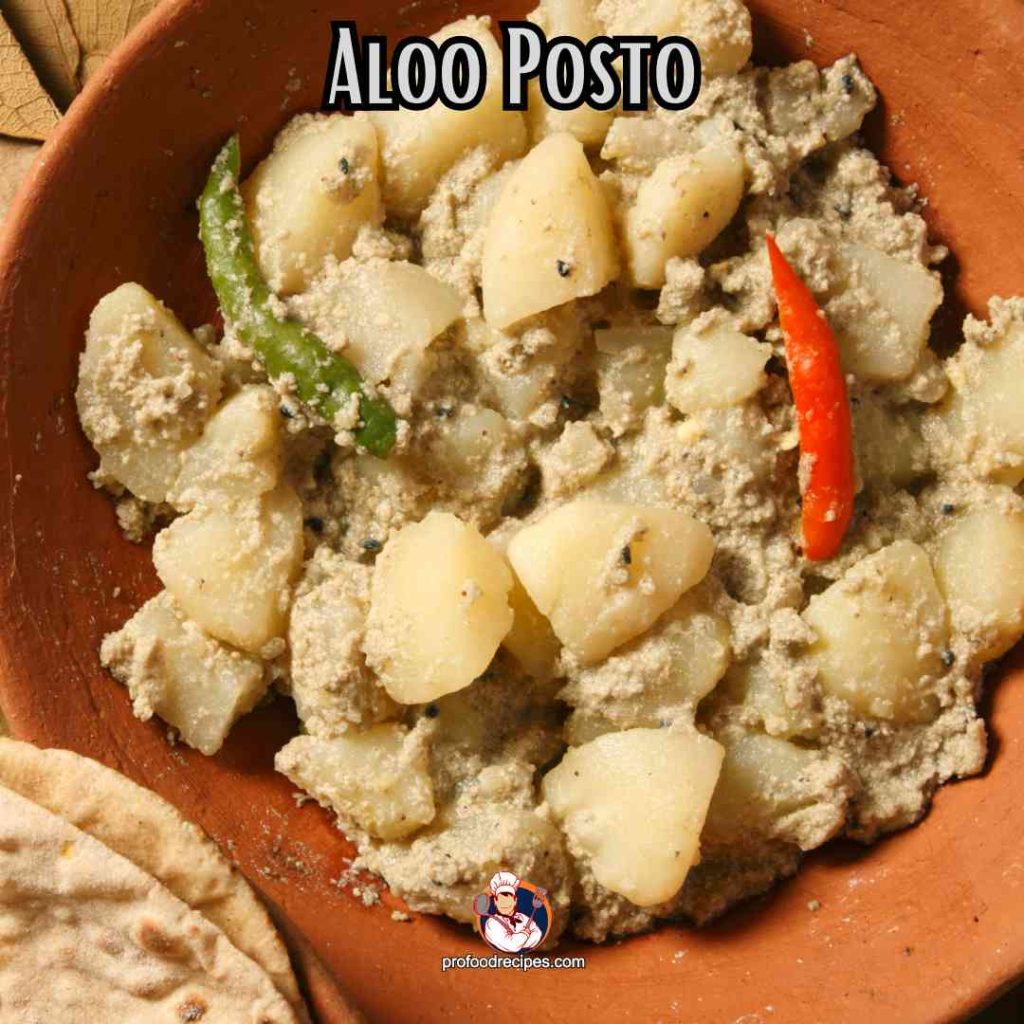
Aloo Posto is one of the classic and simple vegetarian recipes in Bengali. This dish features potatoes cooked in a distinctive poppy seed paste. This nutrient-rich dish combines potatoes’ wholesome goodness with the unique flavor of poppy seeds.
However, to enhance your dining experience, ensure potatoes are tender, adjust spice levels, and garnish with fresh coriander leaves. This veg recipes Bengali Posto dish is a delicious, nutritious addition to your Bengali culinary journey.
Nutrition Fact: 1 Cup Aloo Posto = 150- 200 calories
8. Sojne Data Tarkari/ Drumstick Curry
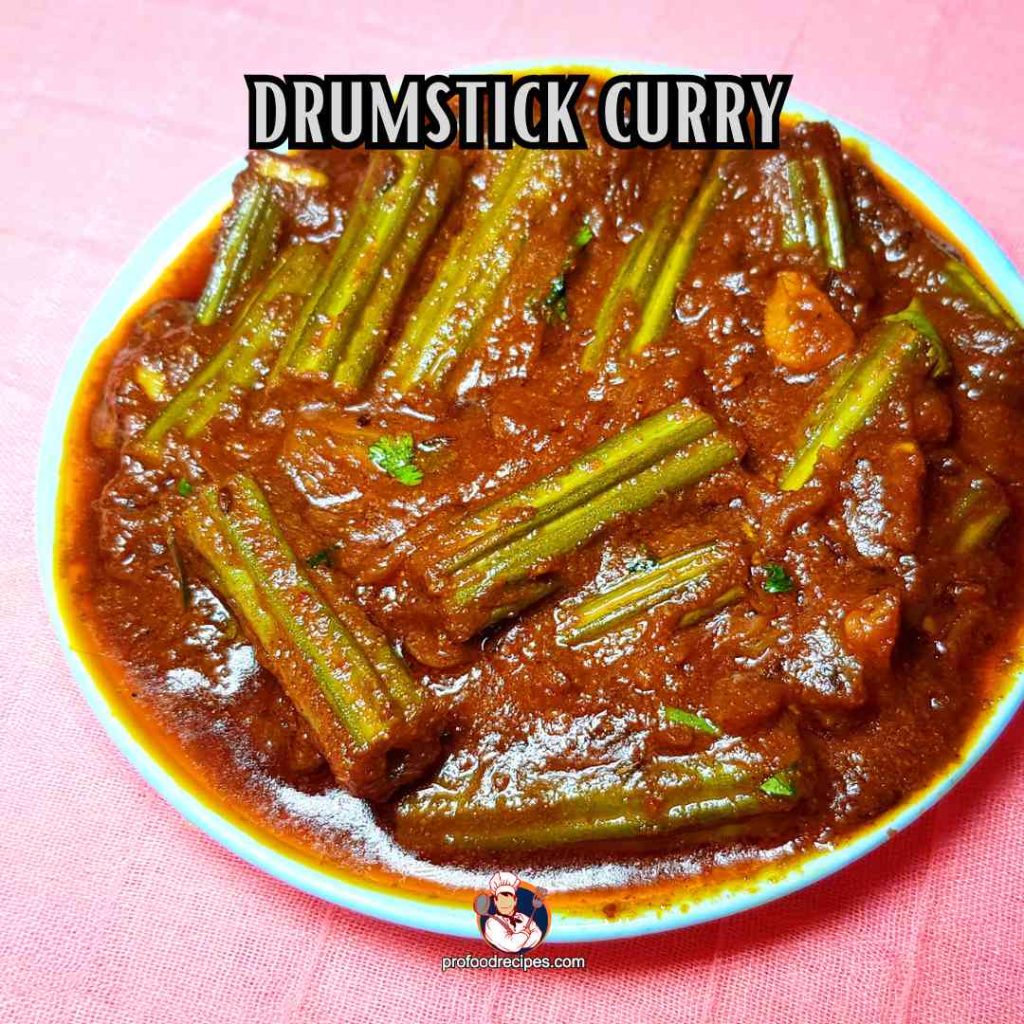
Sojne data in English is known as Drumstick. The Sojne Data Tarkari/ Drumstick Curry is a popular Bengali dish made with long, slender pods with edible seeds.
This green dish offers a unique flavor. In this curry, drumsticks are cooked in a spiced gravy made with mustard paste, onions, tomatoes, and various spices. This dish, commonly served with the rice in Bengali cuisine, is both healthful and tasty.
Nutrition Fact: 1 Cup Sojne data torkari = 150-200 calories
9. Kathaler Bichi Bhorta/Jackfruit Seed Spread
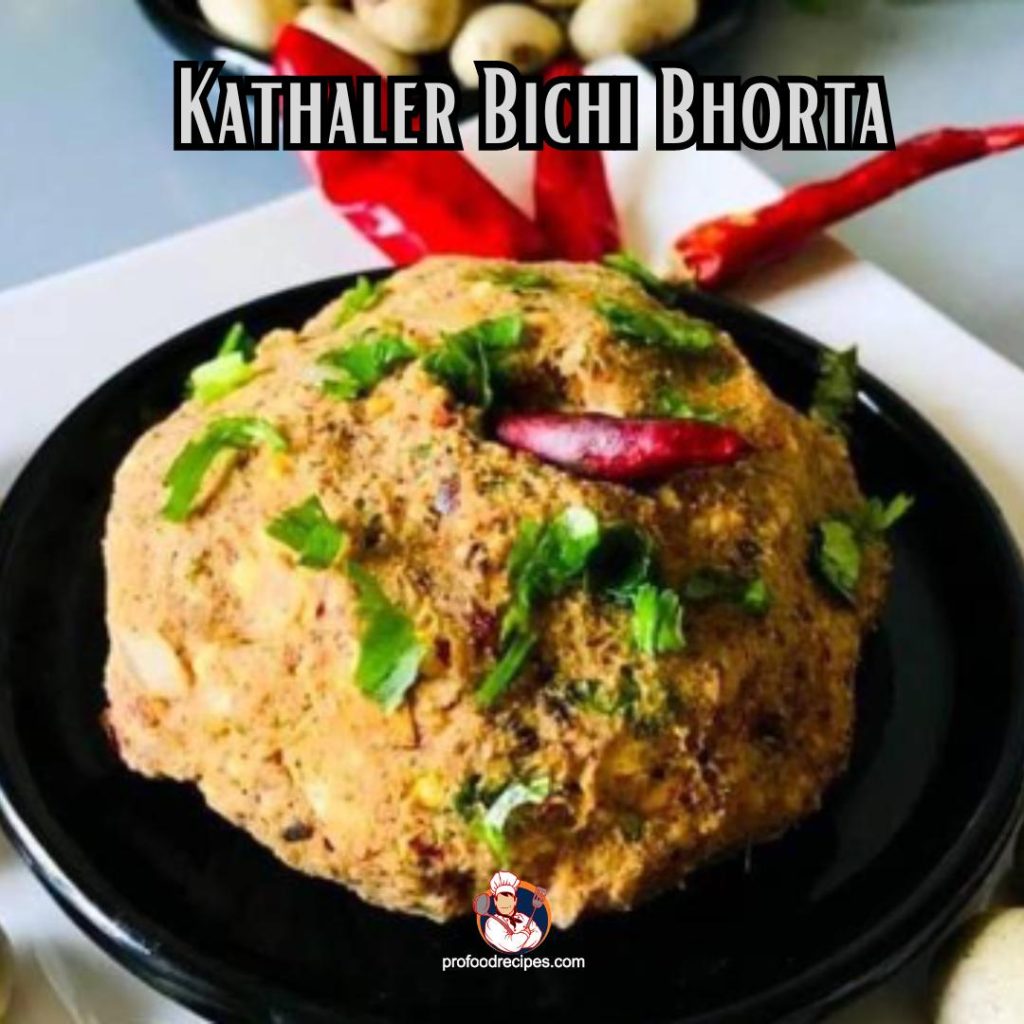
One of the quick Bengali starter dishes is Kathaler Bichi Bhorta. This dish refers to Jackfruit Seed Spread in English. You can simply make this dish. First, you need to boil the seeds, mash them, and then mix them with spices. And to include a Bengali vibe, some mustard oil can be a good addition. All these ingredients come out as a flavorful paste.
Usually during jackfruit season, Bengali utilize Kathal seeds in this unique flavor way and enjoy with one plate gorom bhat/steamed rice.
Nutrition Fact: 1 Cup = Calories
10. Phulkopir Dalna
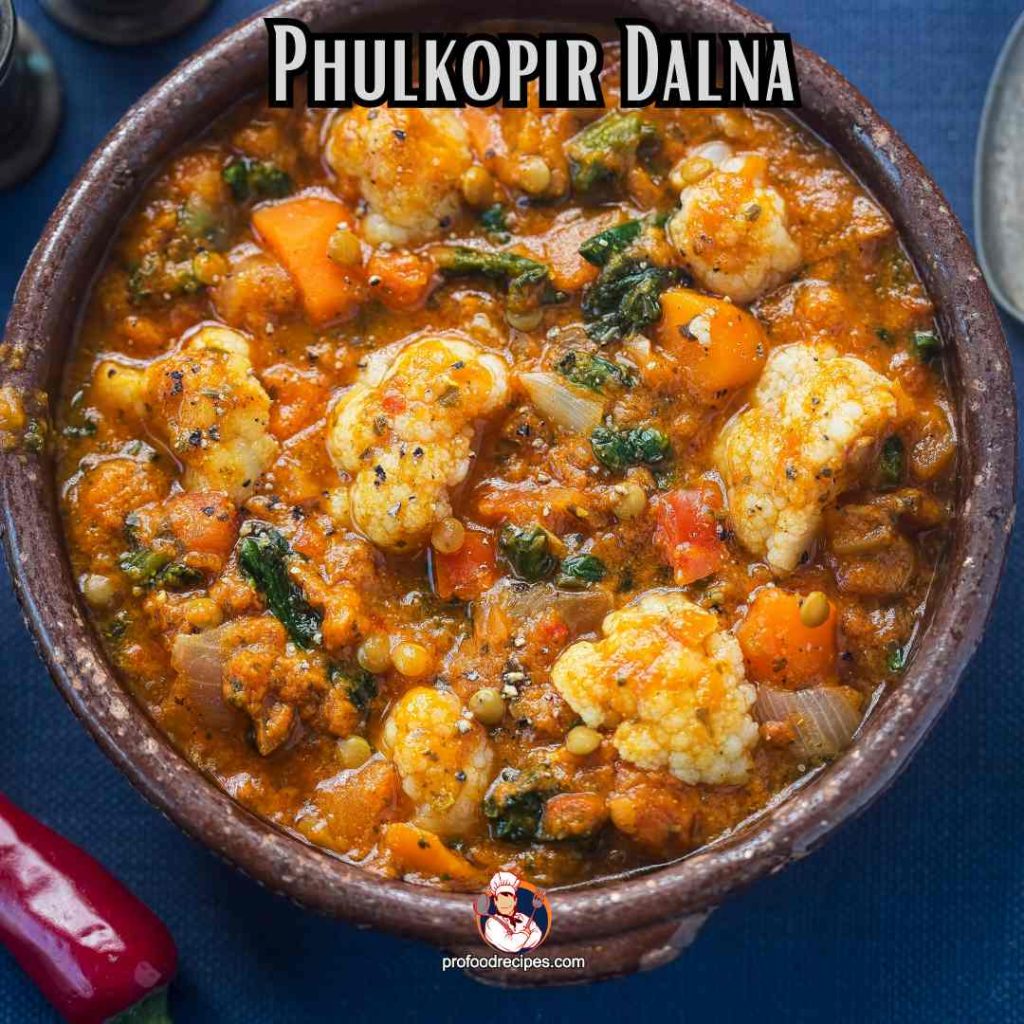
Phulkopir Dalna is a delightful vegan Bengali dish featuring cauliflower, known as phulkopi. This winter annual veggie is cooked in a flavorful curry.
The cauliflower florets are gently simmered in a spiced tomato-based gravy. It is often enriched with mustard oil and aromatic spices. This wholesome and aromatic dish is a popular choice in Bengali households.
As a Bengali meal, it is usually served with steamed rice, pulao (flavored rice), or even quinoa for a nutritious twist.
Nutrition Fact: 1 Cup with a small dal bowl Phulkopir Dalna = 100-150 calories
Read More: Traditional Bengali Dal Recipe Ideas
11. Bati Chorchori
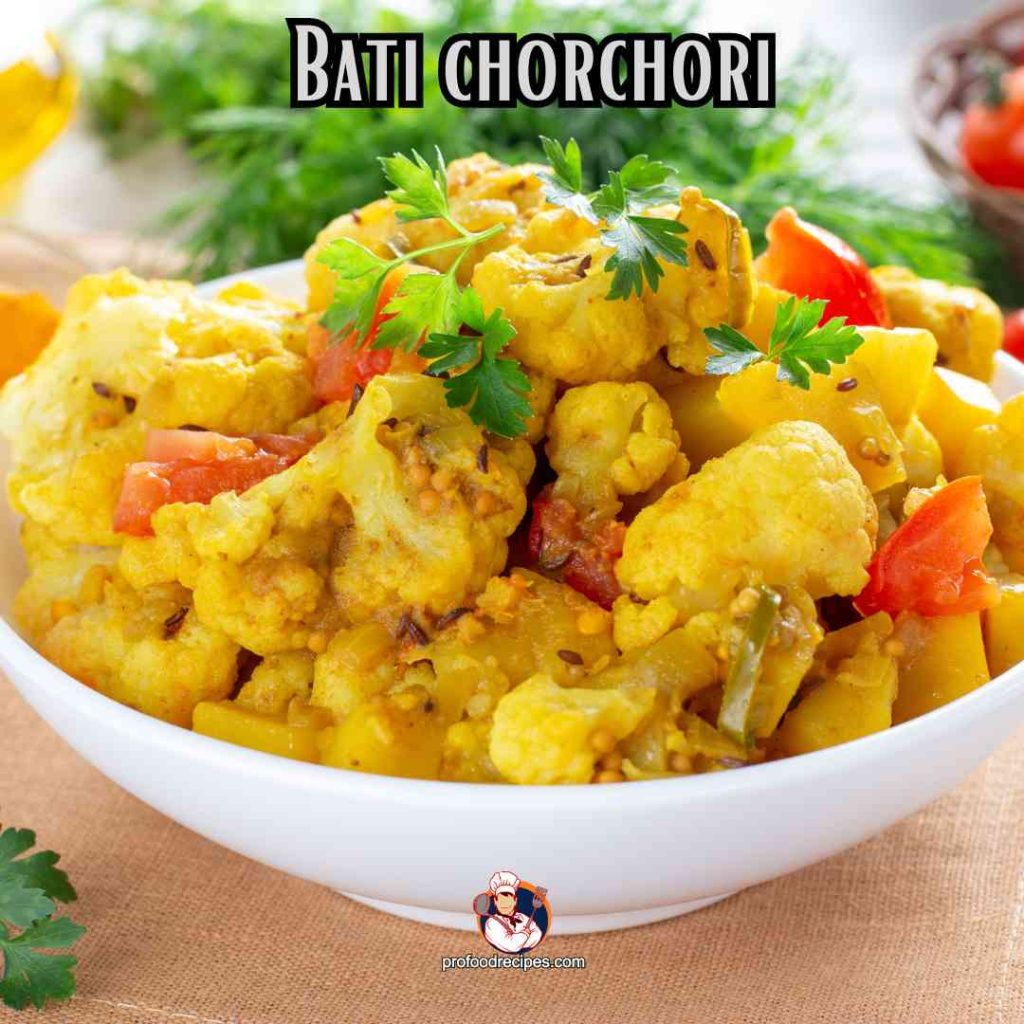
One of the delightful Bengali recipes vegetarian is Bati Chorchori. This dish involves vegetables like potatoes and cauliflower, which are slow-cooked in a pot. You can get different versions like Aloo Bati Chorchori or Phulkopir Bati Chorchori. These fragrant curries represent the spirit of Bengali cuisine.
Every dish bite will amaze you and offer a delightful taste and nutrition. So, enjoy these vegan bowls with Bengali roti or luchi to get a hearty, satisfying meal.
Nutrition Fact: 1 Cup Bati Chorchori = 150-200 calories
12. Alur Dom
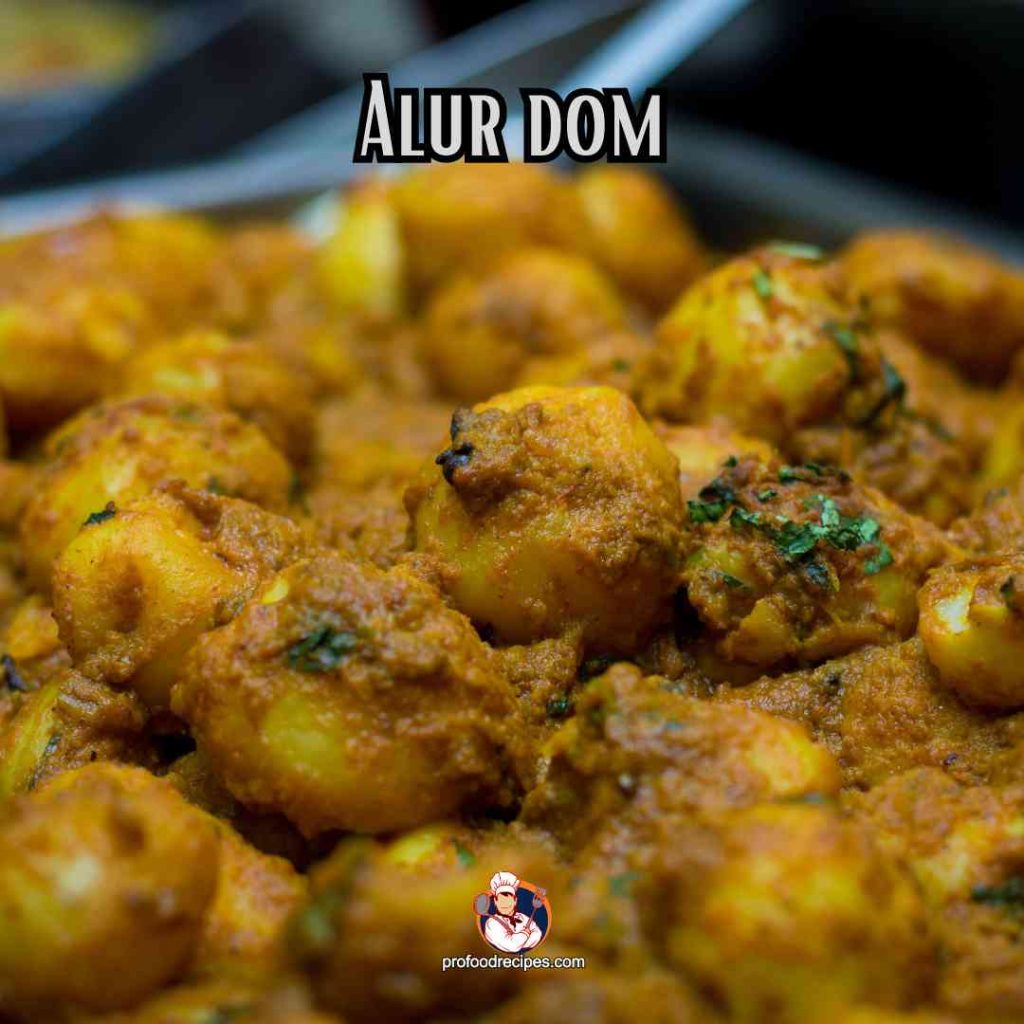
Sada Alur Dom is a Bengali potato curry prepared without onions and garlic. Dum aloo features baby potatoes in a subtle, mild white gravy made with sesame seeds and cashew nuts.
This version of Aloo Dum offers a simple and delicate flavor profile. So, those who want a lighter, less spiced vegan dish can go with this dish.
Nutrition Fact: 1 Cup Alur dum = 150-200 calories
13. Kumrar Bori
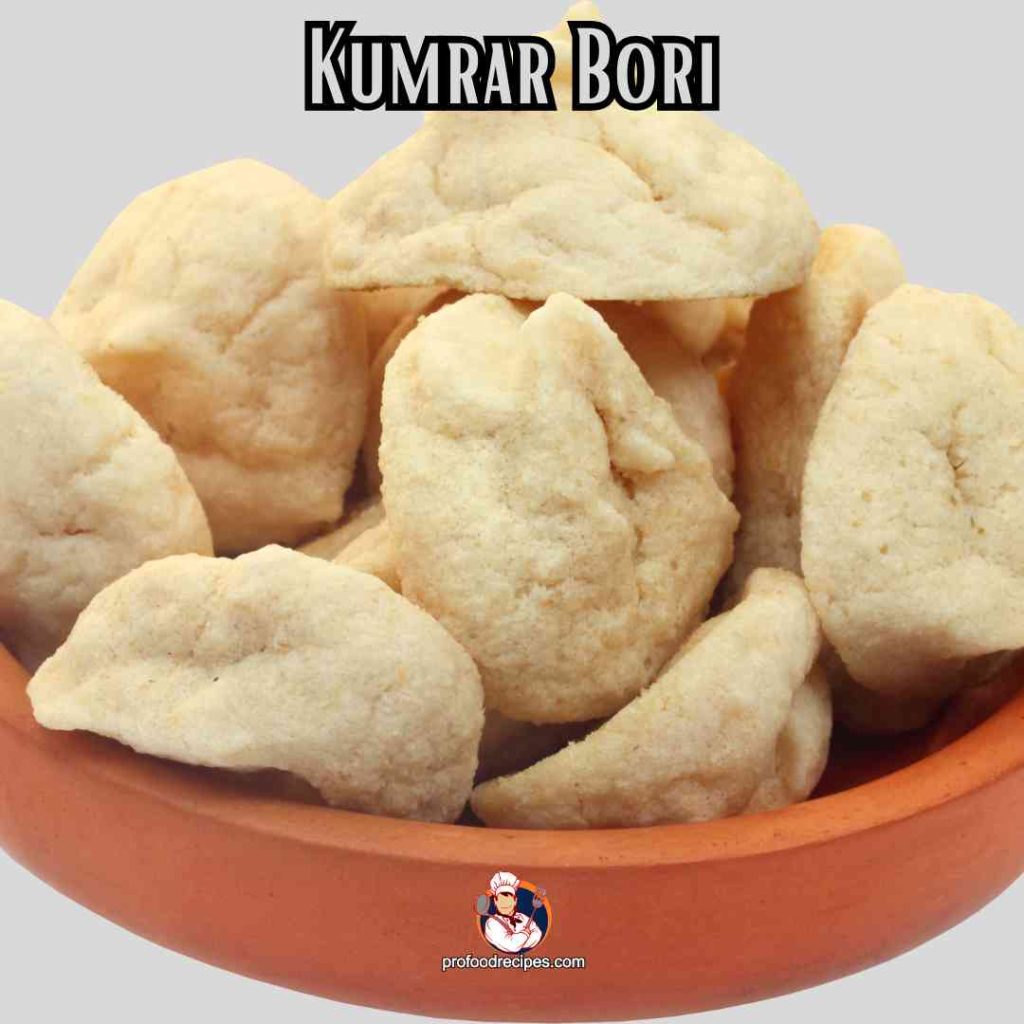
Kumro Bori is one of the common dishes in Bengali cuisine. They are dried lentil dumplings made with black gram dal. To cook this unique dish, soak until soft, then add to vegetables and nuts for enhanced flavor and texture. With a nutty taste and chewy texture, Kumra Bori adds a delightful touch to Bengali dishes.
To fill your heart and stomach with an amazing Bengali meal, enjoy Kumra Bori on a plate with steamed rice. And for garnish, you can use fresh herbs and condiments like Chutney or pickles.
Nutrition Fact: 1 Cup Kumro Bori = 100-150 calories
14. Jhinge Aloo Posto
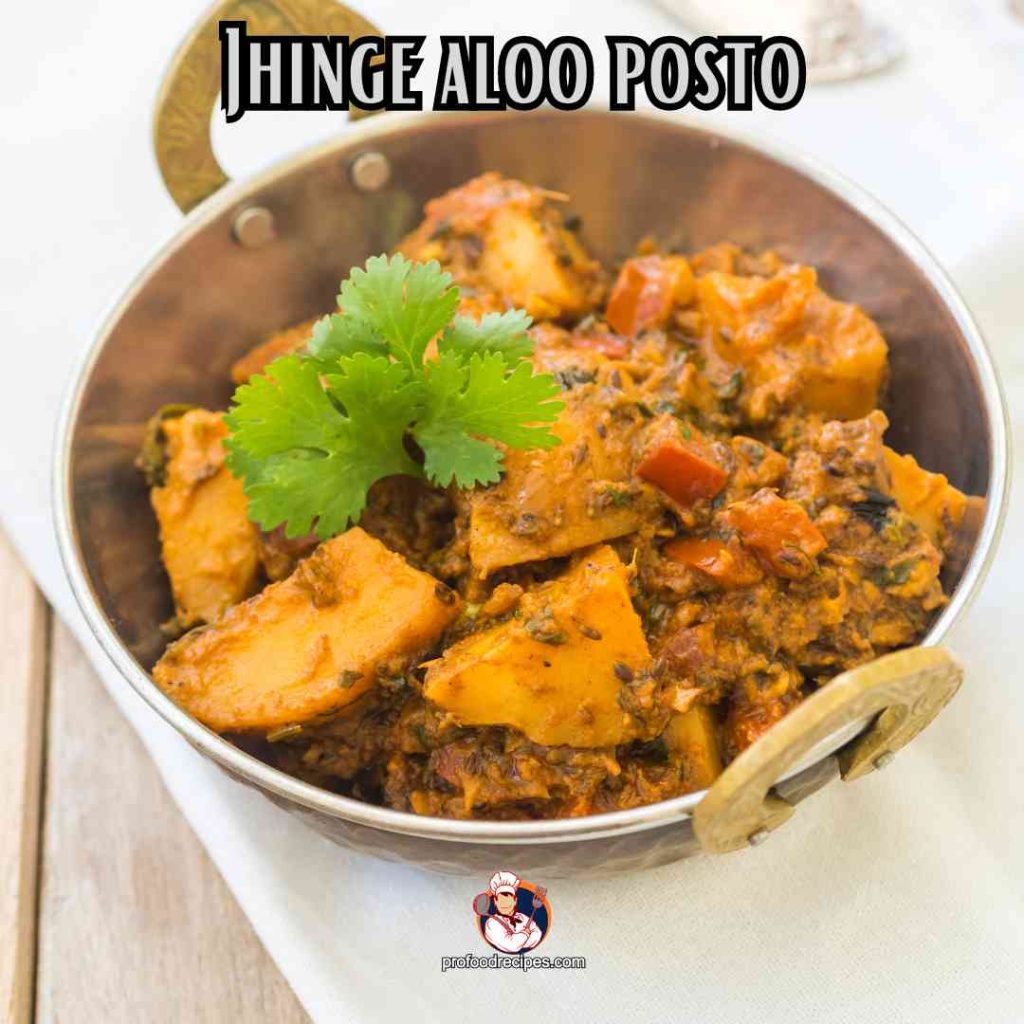
Jhinge Aloo Posto is a delightful Bengali dish featuring ridge gourd (Jhinge) and potatoes (Aloo) in a poppy seed paste (Posto) curry. These veg recipes in Bengali boast a unique taste, combining the earthiness of vegetables with the nutty flavor of poppy seeds.
This product has a pleasing texture and a bit of crunch, providing a wholesome experience. Additionally, it’s a healthy choice, incorporating nutrient-rich vegetables and minimal oil in its preparation. Enjoy this flavorful and nutritious Bengali classic with steamed rice.
Nutrition Fact: 1 Cup Jhinge Aloo Posto = 150-180 calories
15. Sim Jhol
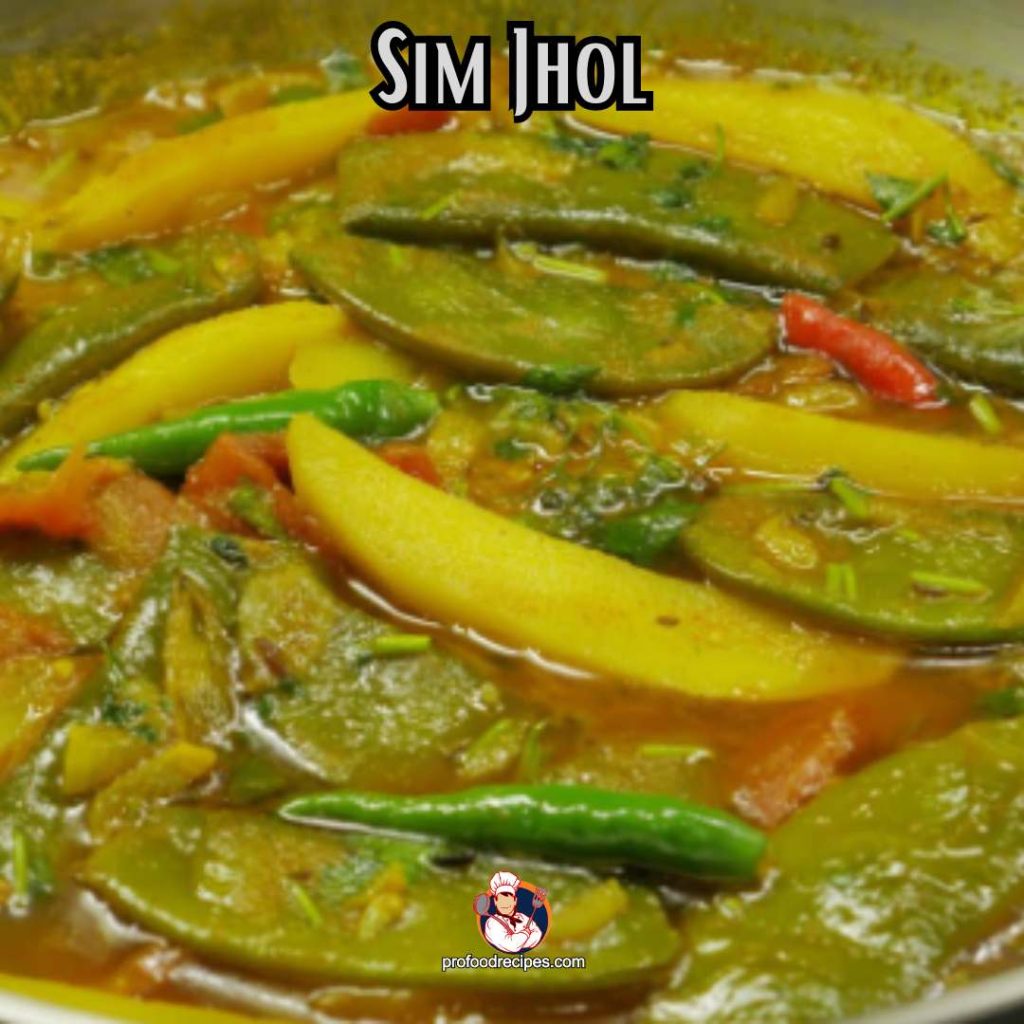
Flat Bean Curry is known as Shim Jhol in Bengali. It is a traditional dish where flat beans (Shim) are prepared in light, flavorful curry (Jhol). For heat, the beans are typically cooked with spices, mustard oil, turmeric, and sometimes green chilies. However, you can include some citrus zest, coconut milk, or herbs to add a flavor twist.
The term Jhol implies a thin, soupy consistency, making the curry light and perfect for pairing with rice. It’s a popular and wholesome dish in Bengali cuisine.
Nutrition Fact: 1 Cup Shim Jhol = 100-150 calories
16. Lal Shak Bhaji/Red Spinach Stir Fry
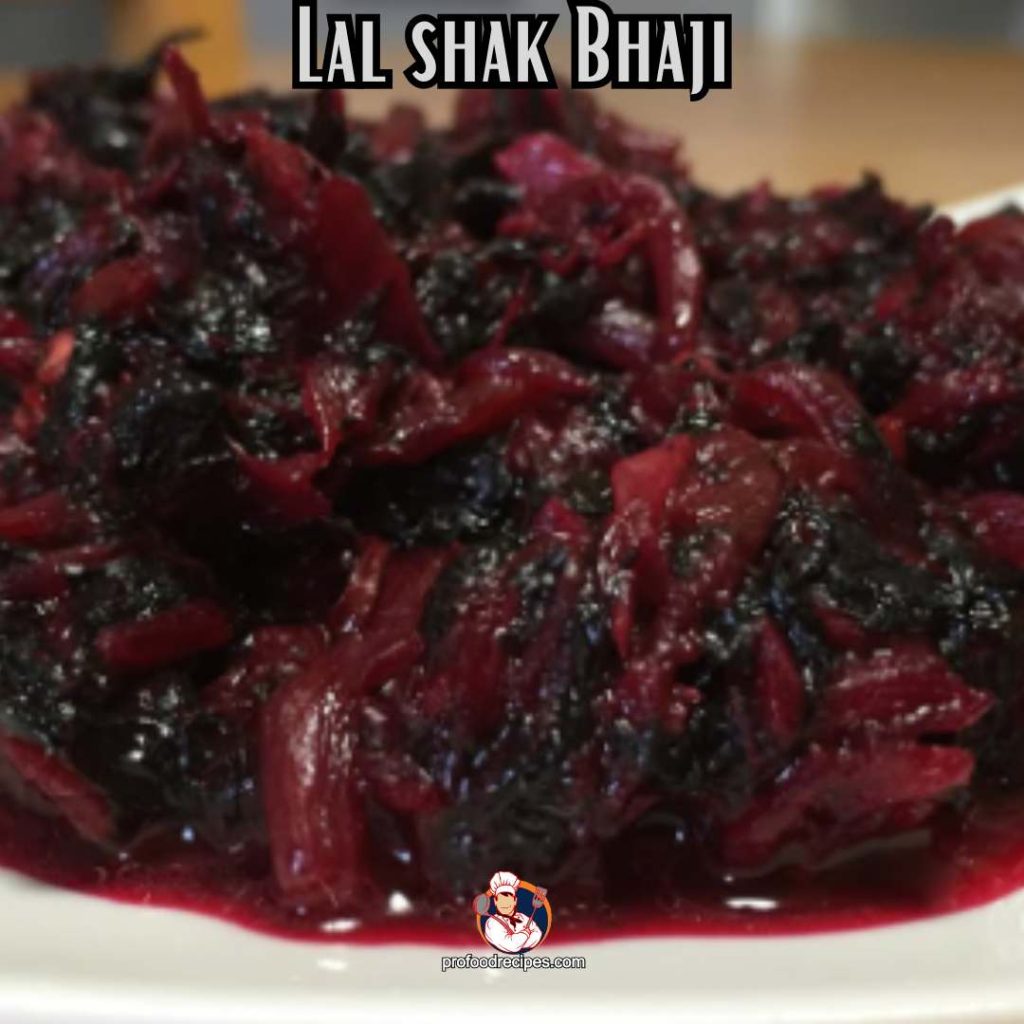
Lal Shak Bhaji, or Red Spinach Stir Fry, is a vibrant Bengali dish. This Bengali dishes veg features red spinach leaves stir-fried with aromatic spices, including garlic and green chilies.
Beyond its enticing flavor, this dish boasts health benefits. It contains necessary vitamins and minerals. The stir-fry method preserves its nutritional value, making Lal Shak Bhaji a colorful, flavorful, and nutritious addition to Bengali cuisine. It is commonly paired with plain rice for a wholesome meal.
Nutrition Fact: 1 Cup Lal Shak Bhaji = 100-150 calories
17. Aam Er Chutney (Mango Chutney)
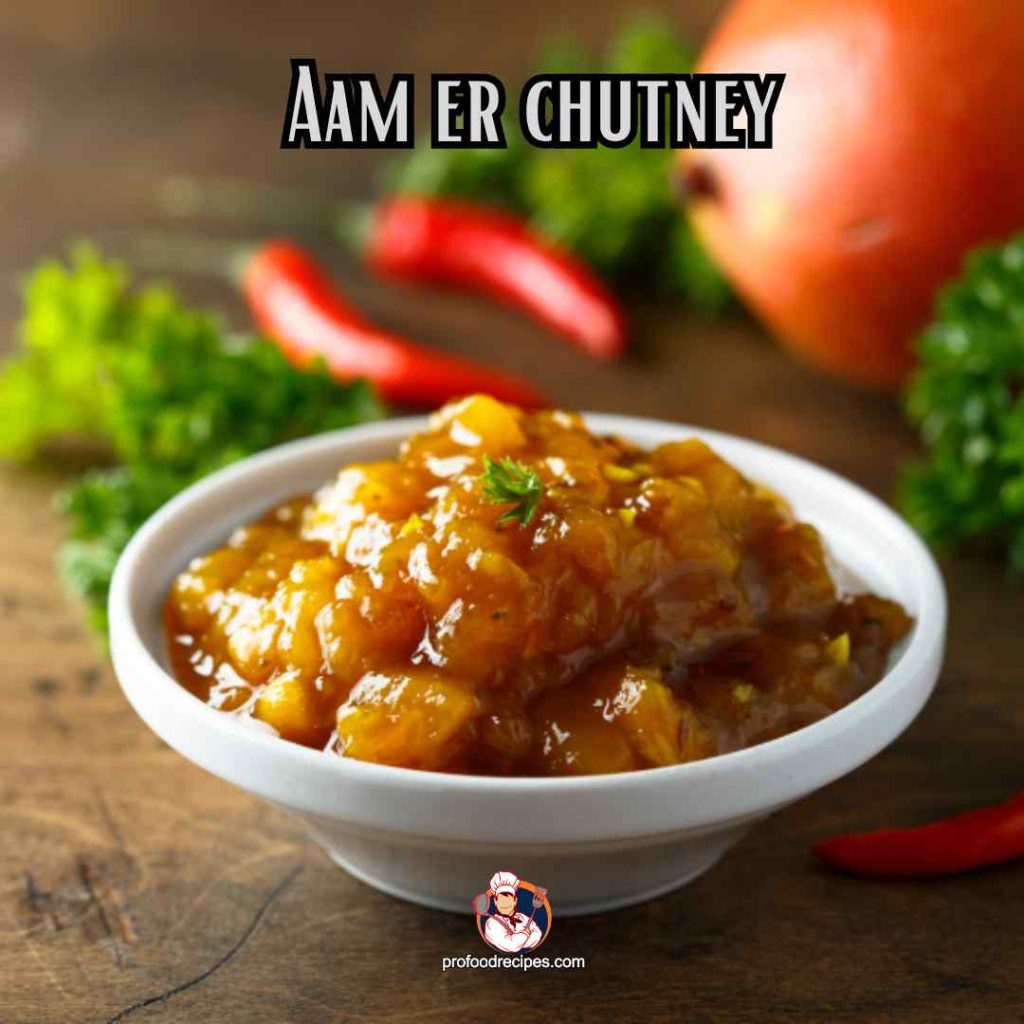
Aam er Chutney is a delightful Bengali condiment. It is the fusion of sweet, tangy, and spicy flavors. Raw mangoes are finely grated and cooked with sugar, mustard oil, and spices, creating a unique symphony of taste.
This Chutney complements traditional dishes and adds a burst of flavor to snacks. That’s why it has become a versatile and beloved element in Bengali culinary culture.
Nutrition Fact: 1 tablespoons (17g) = 33 calories
Read More: Traditional Bengali Food
FAQs
Is a Vegan Diet Healthy?
Yes, a vegan diet can be good for health. It may reduce the risk of cardiovascular disease and diabetes. But it’s essential to plan well to avoid potential problems linked to missing nutrients commonly found in animal products. Otherwise, it can impact the nervous, skeletal, and immune systems.
Is Vegan Low Calorie?
Yes, vegan diets are often lower in calories. This makes them conducive to weight loss. This is due to the inclusion of fiber-rich, filling plant foods with lower energy density. Choosing nutrient-dense options helps maintain a balanced and healthy diet while supporting weight management on a vegan lifestyle.
Do Bengali Vegetarians Eat Fish?
No, Bengali vegetarians typically do not eat fish. Fish is considered non-vegetarian in Bengal. Individuals opting for a vegetarian diet, whether temporarily or as a lifestyle, refrain from consuming fish, meat, and eggs. The decision may vary based on the Bengali community’s personal choices and cultural practices.
Are There Vegetarians in Bengal?
Yes, there are vegetarians in Bengal. Even though Bengali cuisine is famous for fish and meat dishes, many people in Bengal follow a vegetarian diet. And they enjoy a variety of plant-based dishes alongside non-vegetarian options.
How Many People Are Vegetarian in Bengal?
In West Bengal, about 1.45% follow a vegetarian diet. On the contrary, around 98.55% include non-vegetarian options. This shows that the majority of the region’s population prefers non-vegetarian foods.
Final Verdict
In the realm of Bengali vegan recipes/Bengali vegetarian dishes, you can enjoy these 17 tasty dishes that blend tradition and creativity.
From Labra to Begun Bhaja, each dish showcases Bengal’s diverse culinary heritage. Whether you’re a cooking pro or just love good food, these recipes promise a delicious adventure into the world of Bengali vegetarian cuisine.
So dig in, enjoy the flavors, and feel the soul of Bengali in every bite.
You May Also Like to Read:
- Fish Hilsa – The Jewel of Bengali Cuisine
- Delicious Bengali Fish Dishes
- Traditional Bengali Breakfast Menu
- Baingan Ka Salan Recipes Ideas
- Mishti Doi: Preparation, Varitation and Health Benefits

